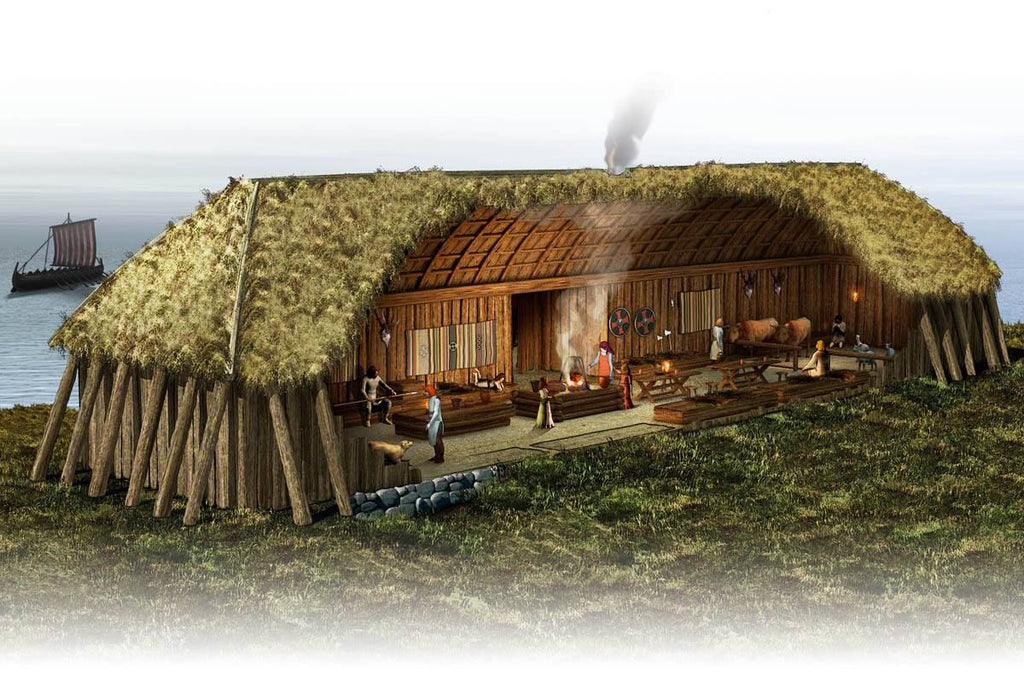The Vikings Buried the Dead Inside Longhouses?
In the Viking Age, the Vikings commonly dwelled in their longhouses. Topics around the longhouses have always been a source of interesting things for us to discover. Some surviving sources mentioned that the Vikings had a tradition of burying the dead inside their longhouses and some other architectures.
According to scholars, Viking longhouses were not only the places for the living but they were the places for the deceased as well.

A modern reconstruction of the Viking longhouse
There was a story dating back from the Viking age, an old man named Hrapp on his deathbed whispered his last words demanding to be buried in the doorway of his house.
Have me placed in the ground upright, so I’ll be able to keep a watchful eye over my home.
In the Viking belief, death was just a conversion process from this world to the other. That's why the Viking had some types of afterlife. In Viking sagas, there were tons of stories about living people receiving prophecy from the deceased, the dead chanting from the burial mounds, or the dead lingering around and haunting the old houses.
In the Viking archaeological work, the archaeologists reported that they had found out infants' bones below the hearths and postholes. Skeletons of four children were also found near the architecture of Viking forts. Seemingly, the practice of burying the deceased under their houses meant something really important not only to the living but also to the deceased as well.

Skeletons of Viking children found
However, the practice caused some ambiguity for us to learn about the Viking culture. On one hand, to keep the deceased close was to remember them and to wish for their protection for the living people. Some scholars believed that the Vikings buried the infants in order to wish for protection and flourishment for the architecture. On the other hand, some sources suggest that the dead caused anxiety for the houses. If the "ghosts" of the deceased turned out to be malevolent ones, they could pose a threat to the household.




